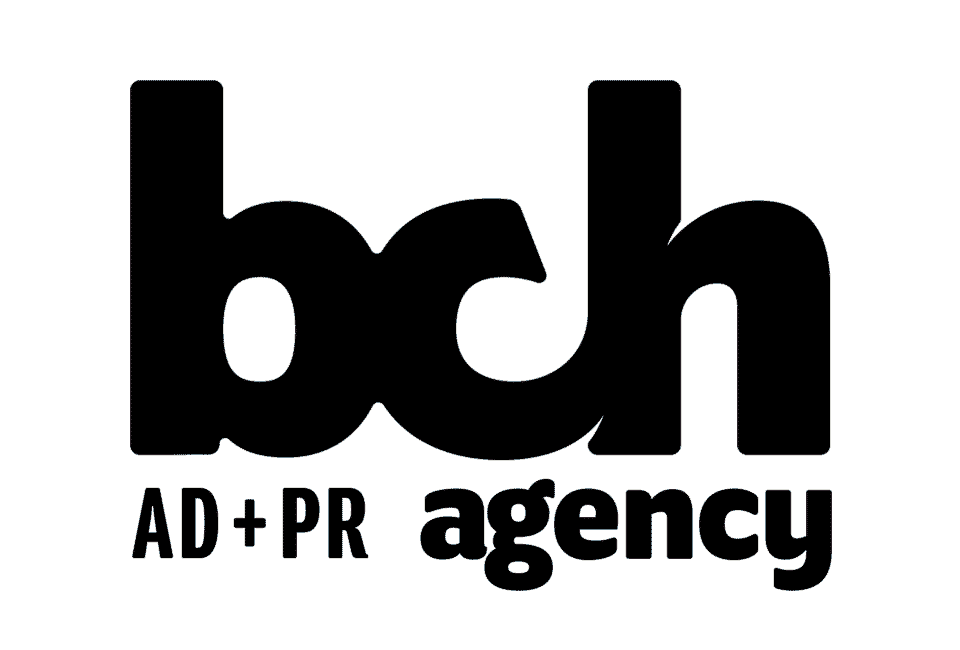The key to increasing the return on investment of your media campaign is to reduce the amount of wasted impressions.
Photo by Katie Harbath
When developing your media plan, it is important to consider the coverage area of your product or service, as well as, the coverage area of the media tactic.
1. Understand Local Media Consumption
You need to understand the media consumption of the local area, and choose tactics that will cover the largest amount of your target geography at the lowest cost.
Every tactic will reach a different geography, so it is critical to choose mediums that fit the target area. If you are trying to reach a number of counties outside of the metro area, consider whether it is more cost efficient to supplement your radio or out-of-home schedule with tactics targeted to these communities. Or, if a medium with a broader reach, such as television, is a better buy.
2. Reduce Wasted Spending with Targeting Options
On the other hand, you may not need the mass reach achieved with traditional media tactics. If you have a smaller service area or a more niche consumer, you can increase your ROI by cutting out the waste.
Targeting becomes increasingly important if you are purchasing media for certain locations or reaching a specific target audience. This is an area where most advertisers look to digital media to do the heavy lifting. Especially with tactics like Connected TV or digital audio, we have the opportunity to segment specific users or geography and provide a broadcast-like experience to the most value audience for the brand and limit waste.
3. Identify Priority Markets
Oftentimes, the budget will not allow reaching the entire desired geography. For example, you may have a national service area, but are not able to afford a strong presence in national media. Identifying and focusing on priority markets will allow the campaign to get the biggest “bang for the buck” and return on your media investment.
The priority markets could be a handful of ZIP codes, Metros, DMAs or a regional area. This will allow you to include regional or statewide opportunities, such as sports sponsorships, radio networks or digital components, at a lower cost than purchasing each area individually.
Before you place your next local media campaign, you need to compare the target geography and the reach of the potential tactics.
It may be more exciting to run a television schedule instead of ZIP code-targeted digital strategy. But, make sure that your brand will benefit from that level of coverage and you aren’t spending your advertising budget on wasted impressions.

 Previous Post
Previous Post
